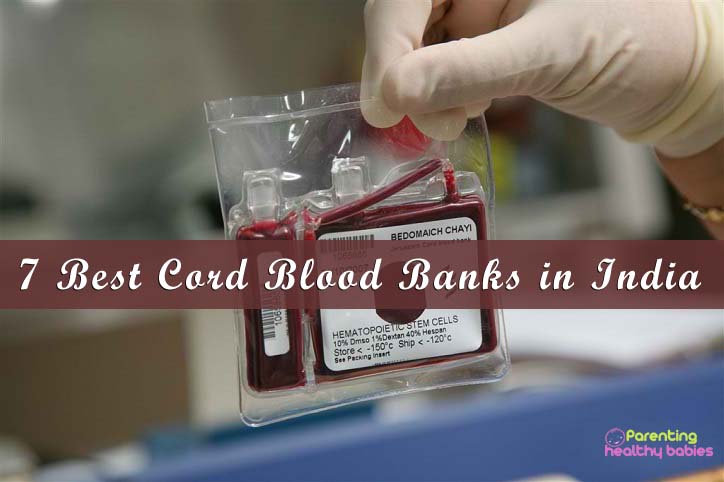Misophonia literally means hatred of sound. It has recently been identified disorder of the auditory central nervous system, patients with misophonia experiences extreme sensitivity to sounds that most of us naturally filter. Sometimes these sounds are called trigger noises because they evoke a response by the nervous system and response is not initially mediated by cognition.
If your child is sound sensitive, they should certainly receive a medical evaluation to rule out medical causes of their sound sensitivity. But if all else is looking normal, parents should consider taking their child to visit a specialist (such as an audiologist or neurologist who specializes in this condition).
Two Types of Kids Develop Misophonia
Type 1:
First, there is the compliant and sensitive child. This child is cooperative, caring, and emotionally in tune with the feelings of others. These children do not show any outward signs of being upset, but when mommy or daddy is upset, they are upset.
Type 2:
The second type of child to develop misophonia is the strong-willed, volatile, and a strong sense of fairness (though likely incorrect). This child will often have conflict with a parent or sibling.
All You Need to Know About Misophonia in Kids
Symptoms of misophonia
- Your child shows extreme sensitivity to specific types of sounds. The sounds included are lip smacking, chewing, sniffing, breathing, snoring, typing, pen clicking.
- When your child is exposed to a sound which elicits this automatic reaction, he or she has a clear physical response. This response is beyond his or her self-control, indicating pain, pressure, and/or discomfort. Accompanying emotional responses tend to include disgust, anger, and irritability.
- Your child tries to escape if he or she witnesses someone making the triggering sound. For example, he or she may run from a room where someone is chewing.
- Your child takes steps in advance to avoid the triggering sounds. For example, he or she may scan for people who are chewing, avoid restaurants/movie theatres where others may be chewing, avoid certain people, and avoid other situations where the trigger might arise. He or she may avoid mealtime, and misophonia has been associated with eating disorders.
- While not always the case, it has been noted that some children don’t react when they produce the same trigger. The child may mimic the trigger noise in an attempt to lessen their own painful response to it.
- His or her reactions seem to worsen over time, and while they may begin to include extreme disgust and anger when triggered, they can evolve into panic responses when escape or avoidance of triggering noises is not an option. In addition, your child may develop misokinesia (hatred of physical movements made by others), especially when these movements accompany the triggering sound (seeing someone chewing can become as aversive as hearing someone chewing).
- His or her reactions can impair your child’s ability to function in school, with family, with friends, and in general social circumstances.
Causes of Misophonia
While there is no known single cause for misophonia, it is thought to be associated with the way the central nervous system (brain and spinal cord) works rather than any change in its structure/anatomy.
- This disorder is thought to be related to an increase in the hearing (auditory) pathways in the central nervous system, as well as heightened anxiety and other emotional reactions to sounds.
- This disorder in patients may be at risk for another. For example, people with hyperacusis are at a higher risk for tinnitus, hearing loss, and phonophobia.
- Behavioral theories about the development of this disorder usually center around becoming conditioned to having an extreme reaction to normal noises in the environment.
- The patient may consider this disorder to be caused by what they perceive to be the trauma of hearing normal environmental sounds.
- This disorder tends to co-occur with mental disorders like obsessive-compulsive disorder, obsessive-compulsive personality disorder, Tourette’s disorder, and eating disorders.
In girls who not reached puberty have been found to be at higher risk of developing misophonia compared to males and to people of other age groups.
Treatment
No known specific cure for misophonia. There are few approaches that tend to be used with some apparent success.
- Tinnitus retraining therapy (TRT) involved teaching people with misophonia how to improve their ability to tolerate certain noises.
- Related behavioral therapy involves changing the negative thoughts that may contribute to the patient’s suffering.
- Adding background noise to the person’s environment in an effort to help them ignore their triggers for negative reactions is also involved in treatment. Machines along with behind the ear noise generators are some such sources of increasing background noise.
- Misophonia sufferer developing a conditioned response to certain noises, an approach that has had some success is the process of deconditioning people with this disorder leads to the development of illness. This treatment involves pairing a positive experience with the misophonia trigger.
- A variety of medications have been tried to treat misophonia, including those that treat depression and anxiety, attention deficit hyperactivity disorder and bipolar disorder as well as dietary supplements like vitamins, minerals, and fish oil.
Medication is not usually used to treat this condition.













